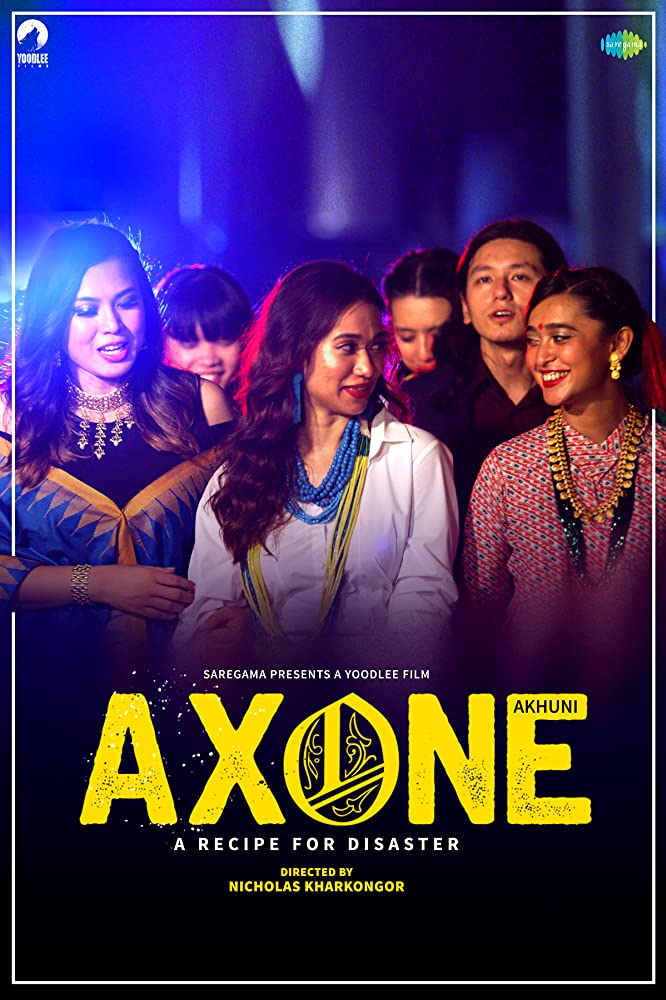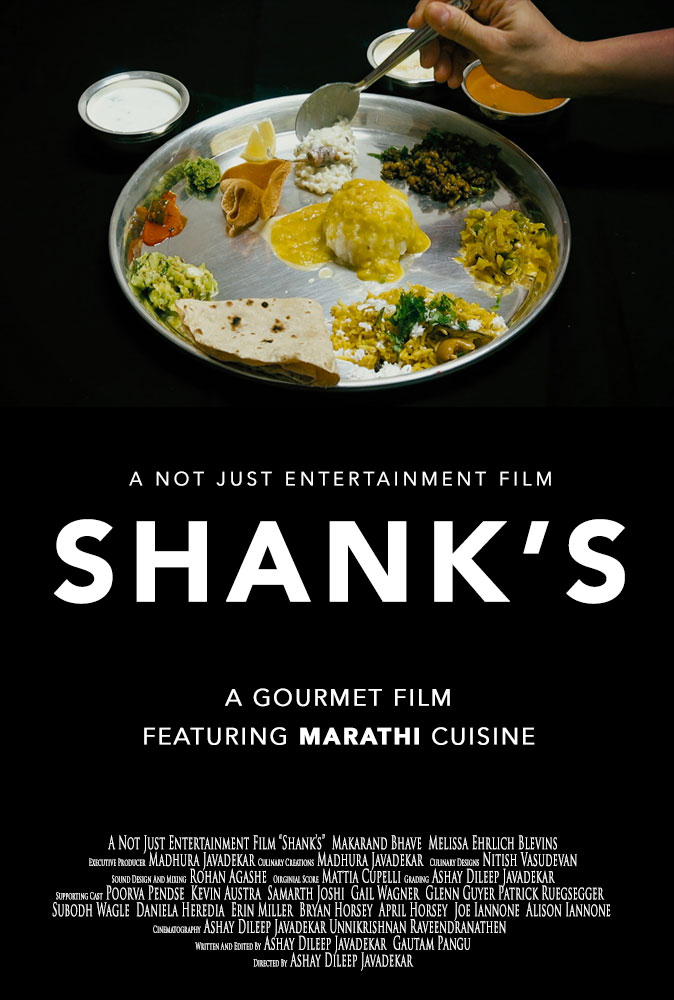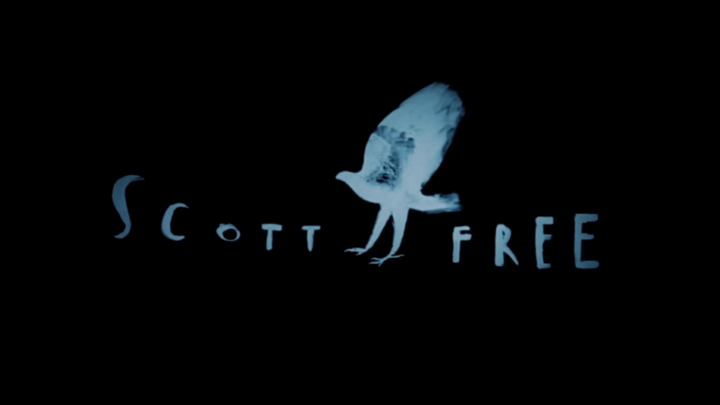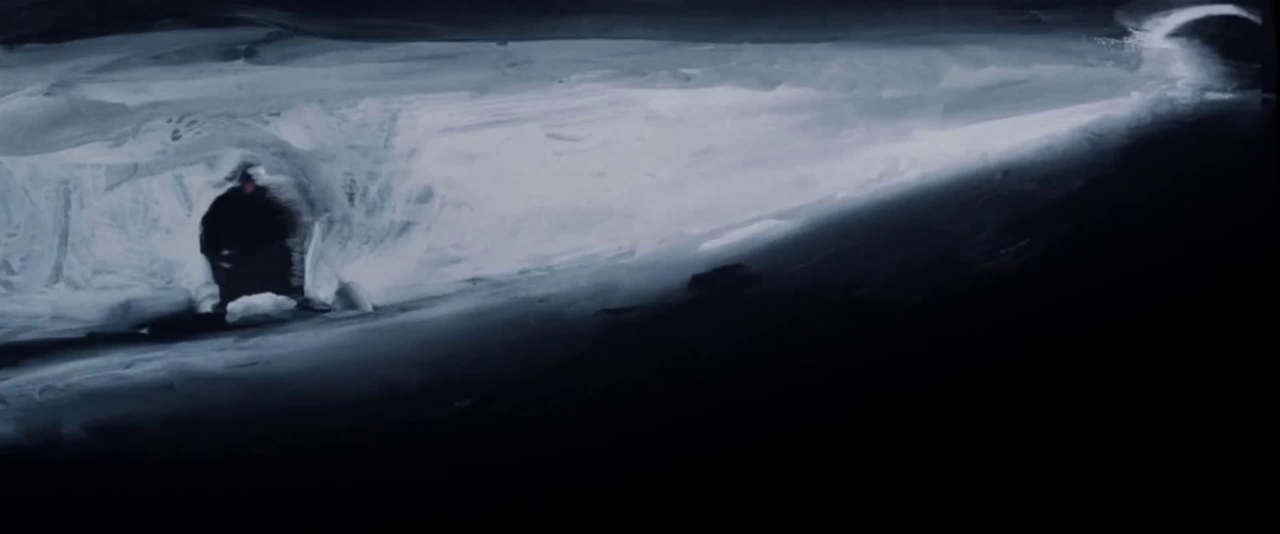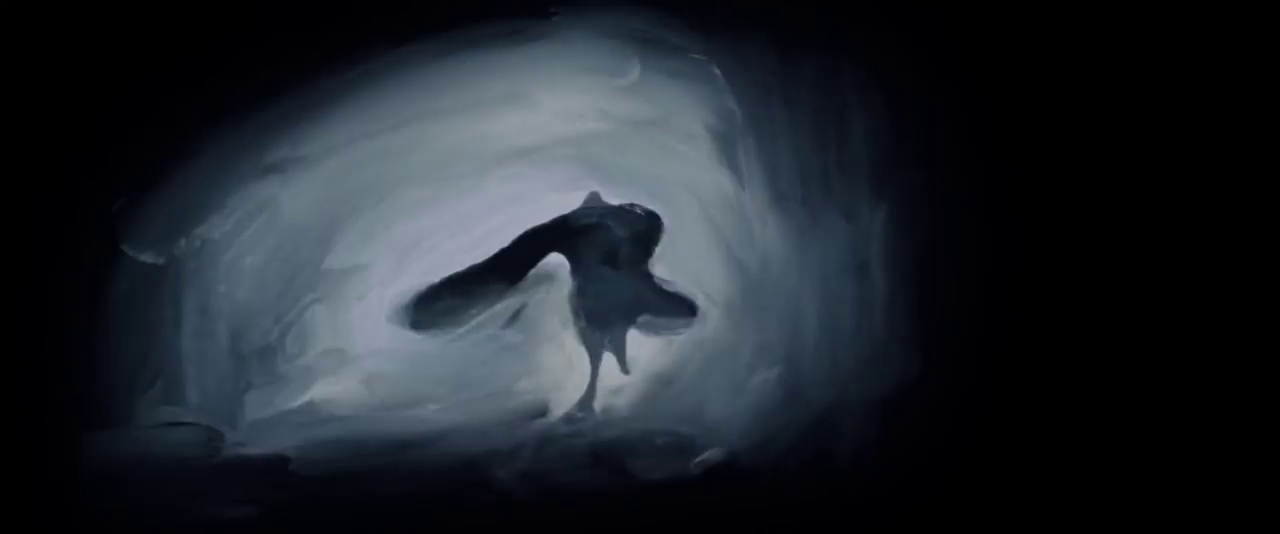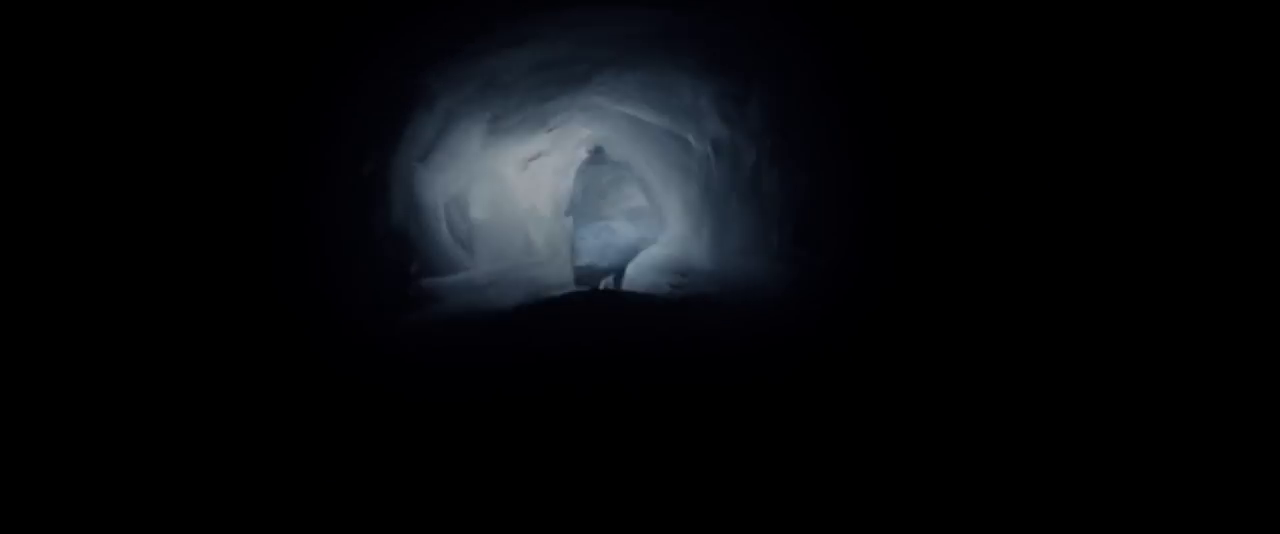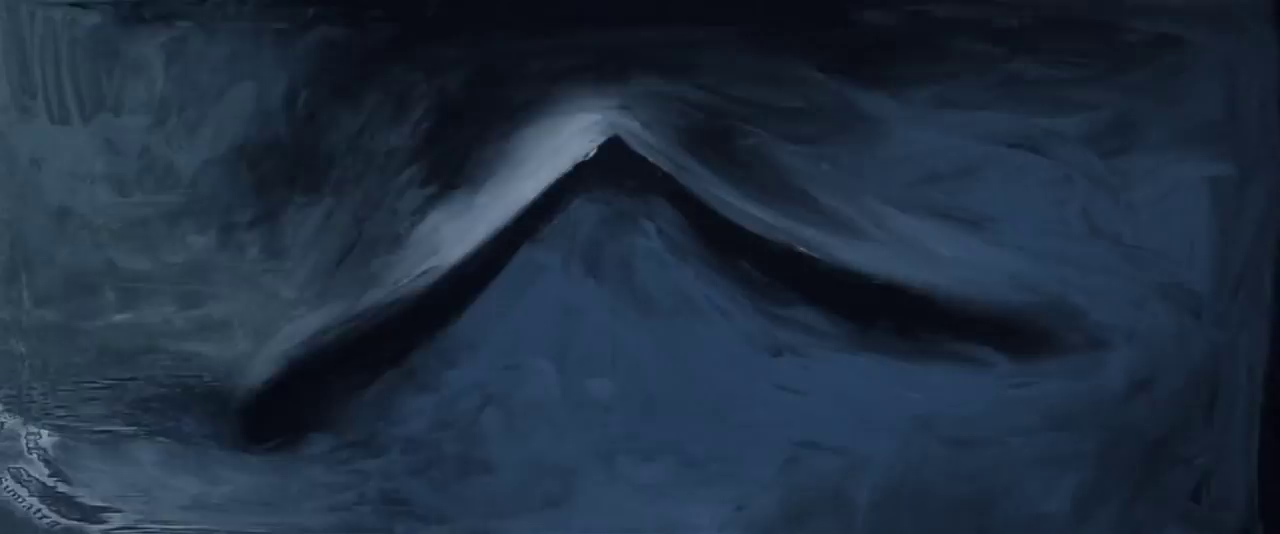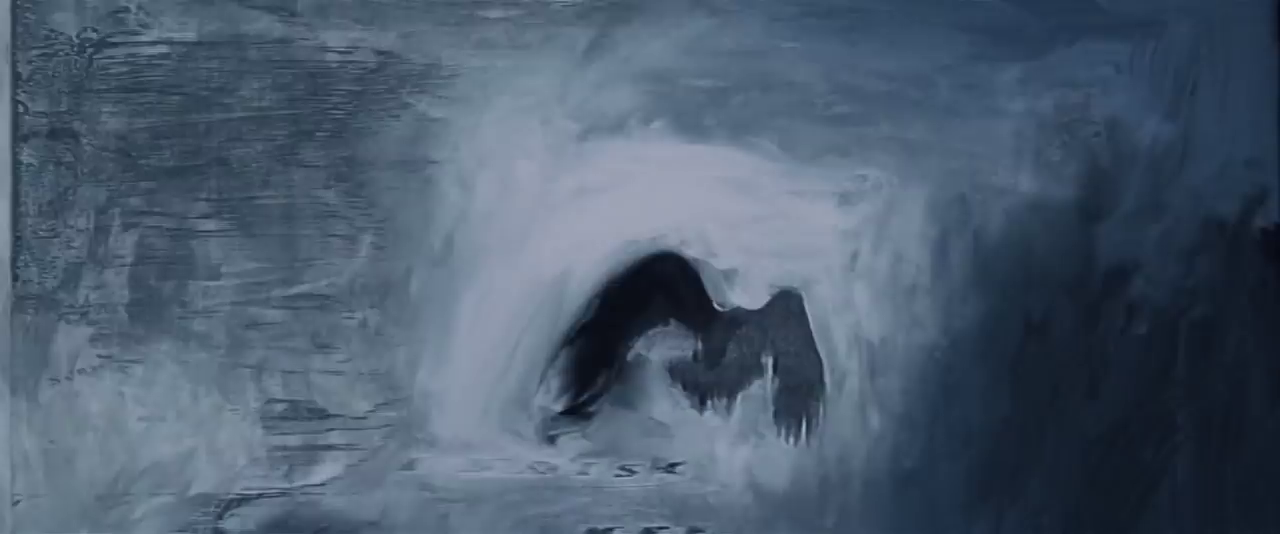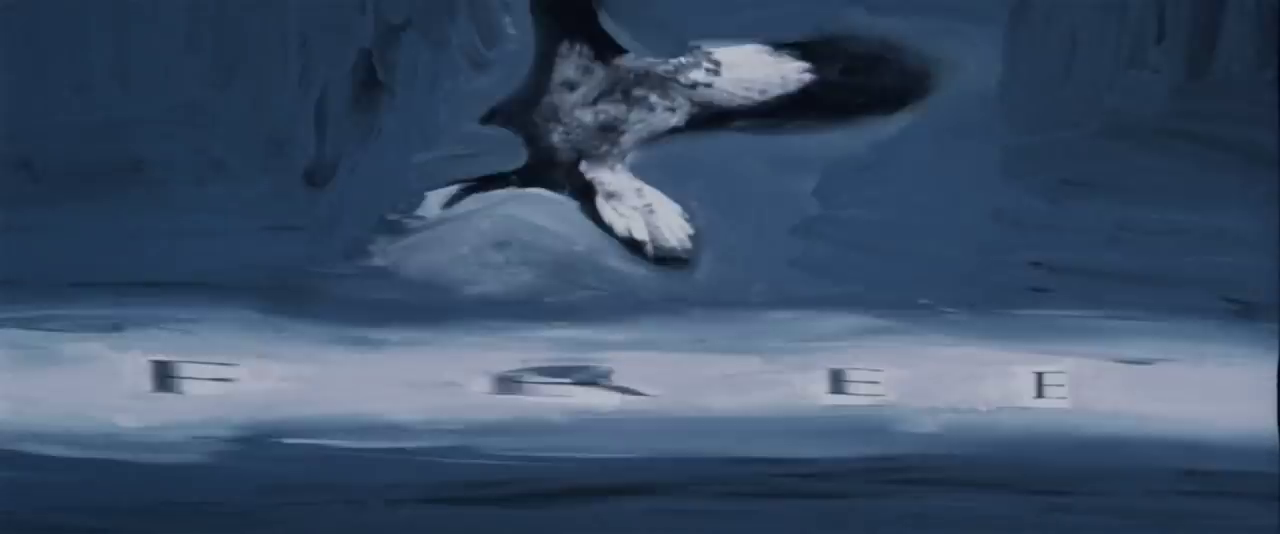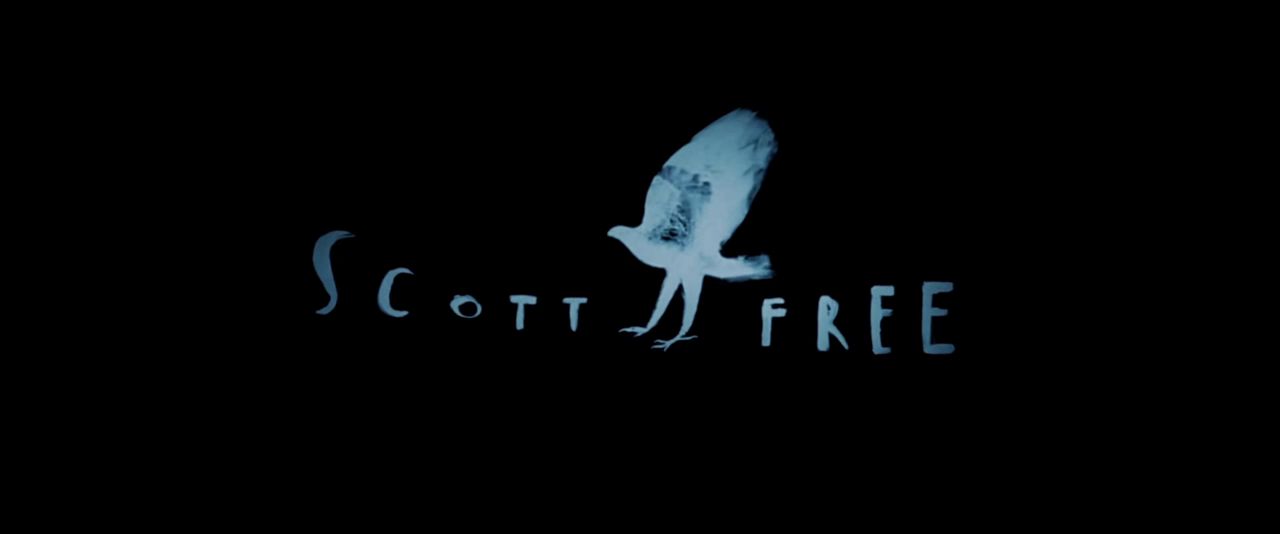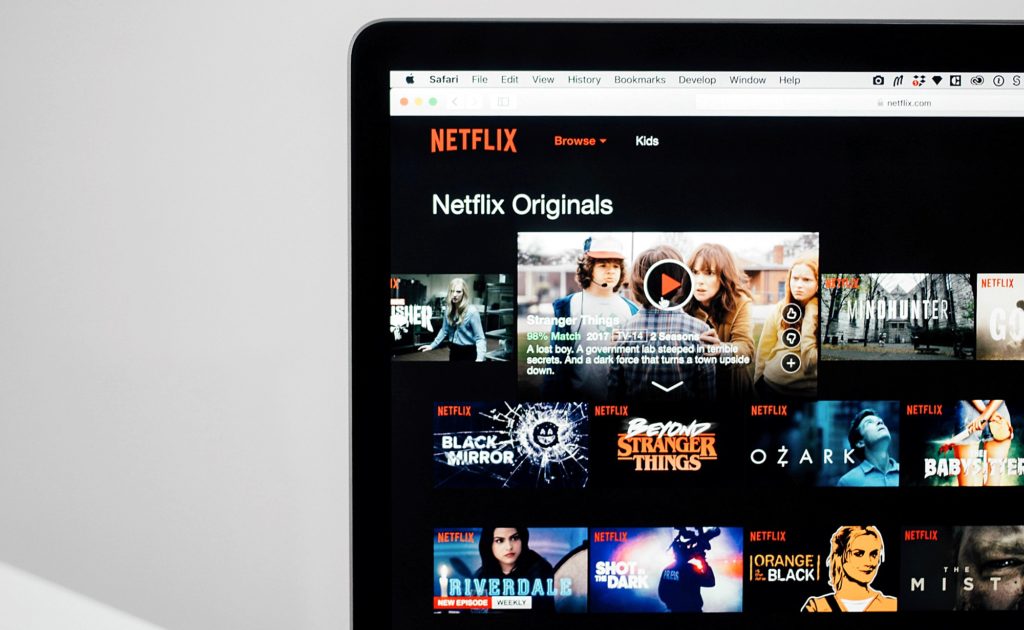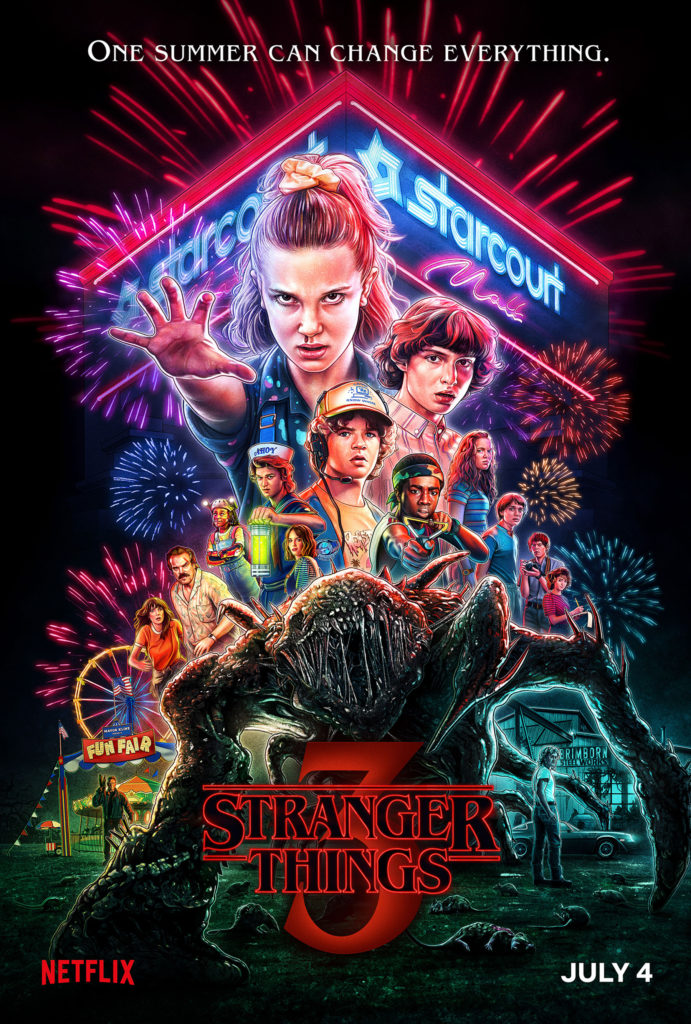I don’t review movies I haven’t enjoyed, especially the Marathi movies which I’m so fond of watching and which rarely disappoint me if I’m making the right choices. I made an exception for Shank’s (2017) because it was masqueraded as a movie on Marathi cuisine but the entire concept turned out to be the Ass in a Lion’s skin.
So it all started in a true documentary style, showcasing the gastronomic creation of a New-York based fine dining restaurant called ‘Shank’s’. In what I would call, a ‘Chef’s Table’ approach, the eatery is shown serving regular Marathi food — ‘Varan-Bhaat’, ‘Puran Poli’ et al presented lavishly in plates and called “Marathi fine-dining” cuisine. No doubt I was filled with pride! I could never imagine common Maharashtrian food settling in distant American plates as “fine-dining” cuisine. ‘Varan-Bhaat-Toop’, ‘Ukdiche Modak’, ‘Tival’, ‘Batatyachi Kachri’, ‘Kokum Kadhi’, ‘Sabudana Wada’, and several other appetizing fares (some of them Konkani) are part of my staple diet even today, and they continue to delight my soul without all that extravagant pretentiousness of “fine dining”. Who cares, but seeing them now being transformed into some uptown culinary delights made me think Marathi food had finally arrived on the global food scene and so much could be done to elevate the experience. So I was glued to the screen even more.
It was all attributed to the success of a passionate Maharashtrian chef called ‘Shashank Joshi’, raised in a lower middle-class family, an intelligent guy and an IIT dropout (therefore, “intelligent”) from India, who visited France to learn culinary art from a renowned French chef running his own restaurant. Soon Shashank decides to settle in the US of A with his pretty French wife Pauline — the daughter of his mentor & chef, and he starts his restaurant business called ‘Shank’s’, it’s immediately trashed by food critics. After much deliberations he introduces an innovative fine dining experience with Maharashtrian cuisine. His inspiration for Marathi food? None other than his late grandmother from whom he picked the cooking skills while growing up in a Maharashtrian neighbourhood.
The story depicts a humble Maharashtrian guy who is inspired by his grandma’s culinary skills and transforms Maharashtrian food into a fine-dining experience. The biggest flaw with the movie is that it shouldn’t have been masquerading as a biographical documentary with interviews, reviews, customer comments, etc. when the entire act was fiction.
The supposed movie/documentary features interviews with food critics, including Shashank’s cousin and his wife Pauline who swear by his passion for food, his hard work, and his single-minded focus on serving the best dishes on the menu. During this 1 hour 12 min tiresome show we are taken through his childhood memories through some sketches depicting his memories, more interviews and some more sketches, then some doodles of Maharashtrian food (sort of a hierarchical menu), and ending with more sketches. Finally when it all concluded my delight turned into disgust within no time. To my bewilderment, I learned that there’s no restaurant called ‘Shank’s’ in NYC, there’s no fine-dining chef in existence called ‘Shashank Joshi’ and even his so-called French wife Pauline was a figment of someone’s fantasies, and so obviously the innovative Maharashtrian fine-dining culinary cuisine only existed in my imagination for that entire hour. In short, the whole thing was an act and it was faked. Period.
I wonder what the makers of the movie were smoking when they conceptualized in making this into a movie. Because on one hand, I was so proud to finally see Maharashtrian menu getting its due respect and fame as a ’fine dining’ affair outside its traditional roots. On the other hand, it was hard for me to believe that everything I saw and felt as a proud Indian was a big hoax being sugar-coated and fed to me. Though I wonder if this could have been made into a real documentary, such as, representing Maharashtrian traditional food with a proposed ‘fine dining’ approach, plain and simple, without resorting to cheating the audiences and making a farce of the concept with inept actors. Beyond that, watch Shank’s only and only if you’re really in a mood to fool yourself and waste an hour of your precious life. Hit the ‘skip’ button. There’s nothing worth relishing here.
